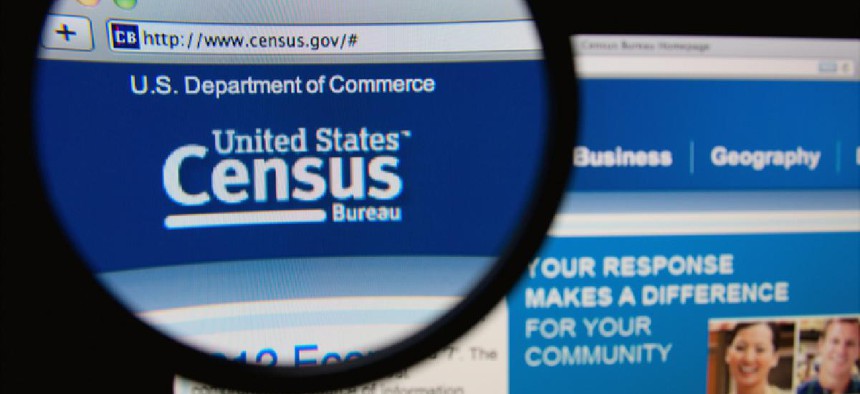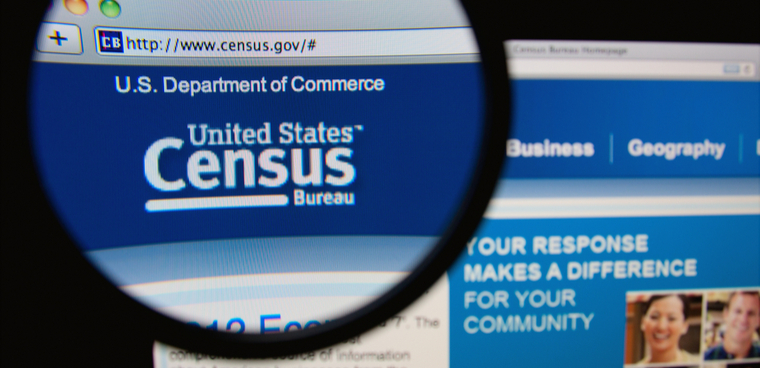House, Senate bills split on Census funding

House and Senate appropriators differ by $1 billion in their bills to fund the Census Bureau in fiscal year 2019.

House and Senate appropriators differ by $1 billion in their bills to fund the Census Bureau in fiscal year 2019.
The House bill, approved by committee in May, would provide $4.8 billion for the bureau, including just over $4.5 billion for periodic programs, which includes decennial funding.
By comparison, the Senate funding bill would provide about $3.8 billion, with about $3.5 billion of that funding periodic programs. The bureau requested $3.8 billion for fiscal year 2019.
The key difference between the two bills seems to be the House's "forward funds" the Census in the event of a continuing resolution more than the Senate's does, pointed out former Census director John Thompson.
"This gives the Census Bureau more of a cushion in the event of a [continuing resolution] in 2020," he said.
Terri Ann Lowenthal, who has provided census oversight as a congressional aide, presidential transition team member and private consultant on decennials dating back to the 1990 count, noted the House and Senate have different priorities, with the Senate bill giving the Census more 2019 money than the House.
"House appropriators are thinking ahead and trying to make sure the 2020 Census isn't an unintended victim of prolonged budget negotiations at the start of peak operations," Lowenthal said.
Census also has carryover money from the fiscal year 2018 spending bill passed in March.
Enrique Lamas, acting deputy director of the bureau, said during Census's National Advisory Committee meeting June 14 that $1.056 billion of the $2.8 billion allocated to Census was "intended for activities that would take place in 2019."
"What that does is gives us a great deal of ability to not worry about a continuing resolution at the beginning of fiscal 2019," he said.
Al Fontenot, associate director of Decennial Census Programs Directorate, said the benefit of the fiscal year 2018 package and "the way it's structured" is that it "enables us to bridge [fiscal years 2018 and 2019] and pull forward funding to ensure our systems are all up and ready for the 2020 census."
And as the bureau continues to get more results back from 2018 dress rehearsal, the bureau will use that 2018 to 2019 transition to correct some of the findings of its in-field testing of new technologies.
Fontenot said while certain programs — address canvassing and the integration of certain systems, for example — were successes during 2018 operations so far, the bureau also found unexpected deficiencies.
"We still have work to do in addressing connectivity issues," he said. "During the tests, we used one national carrier to provide cellular connectivity. That was a mistake. We learned that because they did not have strong coverage."
To help improve cellular coverage, Fontenot said the bureau will add more carriers to its current contract, which tasks CDW-G and AT&T with providing phones and cell service.
"What we're going to be doing during 2020 is we've worked with our devices-as-a-service contractor to ensure that we will have access to multiple national carriers plus regional carriers as well as some roaming arrangements to ensure we have strong cellular connectivity throughout our operations," he said.
Another problem the bureau has encountered during the 2018 end-to-end test is one of efficiency. Fontenot explained when cell service drops, employees can still collect data; it just becomes difficult to communicate canvassing updates to some those "disconnected" listers, which in some cases led to multiple employees working the same block. He added this issue didn't affect data quality, just efficiency.
"That's one of the reasons we do the tests," Fontenot said.


